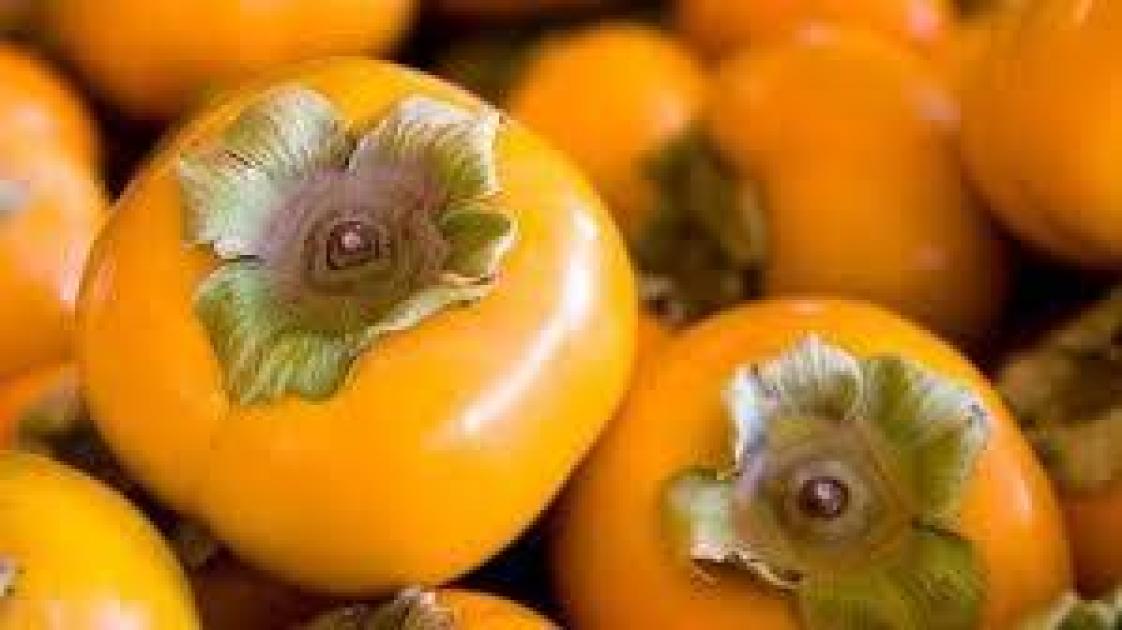
According to EastFruit analysts, Georgia is increasing production and export every year, and in 2020 for the first time it became one of the 6 countries exporting more than 10 thousand tons of persimmons of its own production. This year the harvest is late, though quite good. However, compared to Spanish, the problem of Georgian persimmon for export diversification may be the quality of fruit appearance and taste. Spanish persimmon has no stone and contains less tannins.
Today Spain, the leader of the global persimmon market, is known to receive 20-25% less of the harvest. The reason is not frosts, but the rapid spread of the pest Planococcus (mealybug), which has affected most of the persimmon plantations in Spain. This led to an increase in treatments, and hence to an increase in costs, as well as the loss of a part of the persimmon harvest and deterioration of its quality.
Spain annually exports about 210 thousand tons of persimmons, which is almost a third of the global trade in this fruit. In the 2021/22 season, the export of persimmons from Spain may decrease to 160-170 thousand tons, which means it will be the lowest in the last decade. EastFruit suggests that Spanish persimmons, seedless and not harsh, are often called “Sharon” when sold. In fact, this is not entirely correct, since Sharon is a trademark of the Israeli Triumph persimmon variety.
“Leading Georgian persimmon exporters and producers should take this opportunity to find new persimmon markets,” – writes EastFruit, which suggests that the price of Georgian persimmons as well as the income of gardeners will not be less than last year.
In addition, EastFruit estimates that amid the ongoing global coronavirus pandemic, persimmon consumption is trending as tannins in persimmon juice are believed to kill the COVID-19 virus.
0
0










